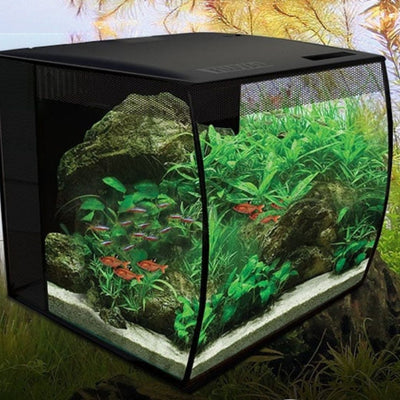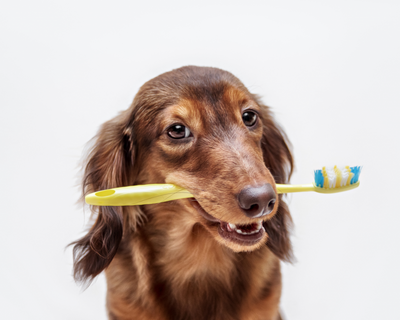Hairballs are a digestive issue that can affect cats of all ages. While they are often considered a nuisance, hairballs can be dangerous if left unaddressed. In this article, we look at what causes hairballs in cats and how to help your cat manage them.
What is the cause of hairballs in cats?
Hairballs in cats is known as Trichbezoars, and are unpleasant for both you and your cat! The primary cause of hairballs in cats is their grooming habits. When a cat grooms itself, tiny barbs on its tongue latch onto loose fur and bring it into the stomach when ingested. In most cases, this fur will eventually be eliminated through the digestive tract in stool. Unfortunately, some of the fur remains trapped in the stomach and forms into a compact ball known as a hairball.
What are the symptoms of a hairball?
Symptoms of a hairball can include your cat retching and gagging, vomiting which may be accompanied by mucus or food, hacking, coughing and constipation. In some cases, the hairball will pass through the intestinal tract and be expelled naturally in stool form, however you should watch out for signs that this is becoming a regular problem as it can have a negative impact on your cat’s diet.
How can you prevent hairballs in cats?
 both the cat and pet parent. Unfortunately, it's an unavoidable part of life for cats who groom themselves regularly. To prevent hairballs, regular grooming with a brush increases circulation which ultimately loosens dead fur that is then swallowed. Grooming your cat on a regular basis is the best preventative measure you can take. If you and your cat are new to grooming, we suggest starting with a grooming glove. You can start by stroking your cat gently and build up to more activity gradually.
both the cat and pet parent. Unfortunately, it's an unavoidable part of life for cats who groom themselves regularly. To prevent hairballs, regular grooming with a brush increases circulation which ultimately loosens dead fur that is then swallowed. Grooming your cat on a regular basis is the best preventative measure you can take. If you and your cat are new to grooming, we suggest starting with a grooming glove. You can start by stroking your cat gently and build up to more activity gradually. wet food specifically designed to reduce hairballs.
wet food specifically designed to reduce hairballs. diet of cat food. Hydration assists your cat's digestive tract to function better. Provide a cat drinking fountain to your cat's dinning area. It is well known that the sound and movement of running water encourages cats to drink more.
diet of cat food. Hydration assists your cat's digestive tract to function better. Provide a cat drinking fountain to your cat's dinning area. It is well known that the sound and movement of running water encourages cats to drink more.
How can you remove a hairball from your cat?
Prevention is the best path to travel when it comes to hairballs and cats. If your cat has a hairball and it isn’t passing through, then you should visit your vet. They can use an endoscope to assist in removal if necessary. You can also try to help your cat remove the hairball with natural remedies like offering a teaspoon of olive oil or pumpkin puree and by encouraging them to drink plenty of water. Gentle massage on their abdomen can also help stimulate the passage of the hairball through their system.
What treatments are available for cats with hairballs?
If your cat is having trouble passing their hairball, the most effective treatment you can provide them with is an endoscopic procedure. This involves inserting a flexible tube with a camera at the end and then using special extraction tools to remove the hairball. Your vet may also prescribe laxatives or lubricants which help cats pass hairballs more easily. Additionally, as mentioned earlier, you can try offering natural remedies to help your feline friend get rid of their excess fur in a more natural manner.
© weknowpets 2023








